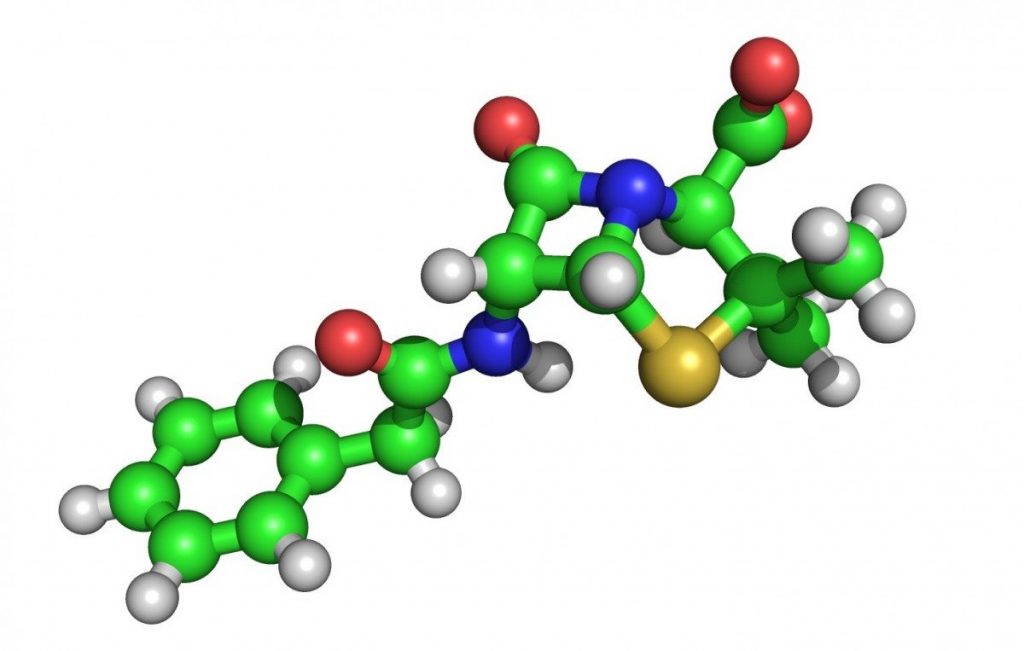
Green Chemistry
ABOUT SUSTAINABILITY AND THE 12 PRINCIPLES OF GREEN CHEMISTRY
A lot is talked about ecology nowadays. Everyone strives to be in the boat. But what is true ecology?
Is it developed yet to a acceptable and truly sustainable level?
Is bio cotton that “green” though it still uses massive amounts of water to grow?
Are recycled PET materials green?
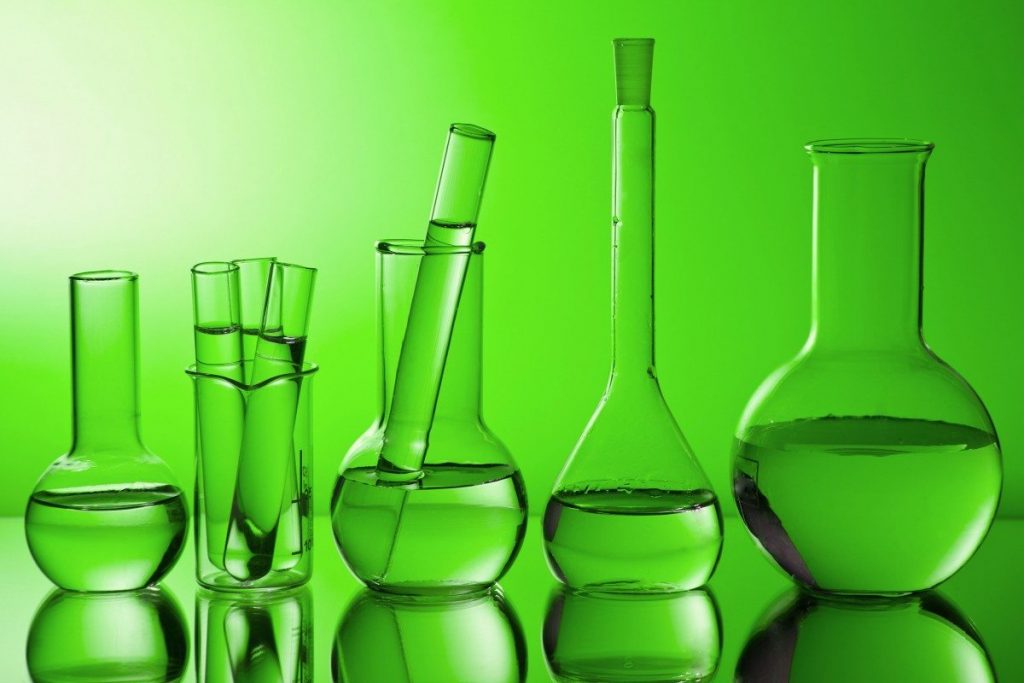

It is known that recycled PET contains unfiltered nanoparticles with significant uncertainties, and PET can be traced in the blood plasma of a baby after only few months of feeding out of PET bottles?
Is it bio plastics green where there aren’t any recipes for degrading the materials at the end of the cycle?
Is it ecologically produced viscose green although it uses but recycles 100% of the chemicals and completely purifies the industrial water?
Or is it simply the natural sustainability and re-growth potential of a material such as hemp, flax, nettle or others that should fill our creative spirits?
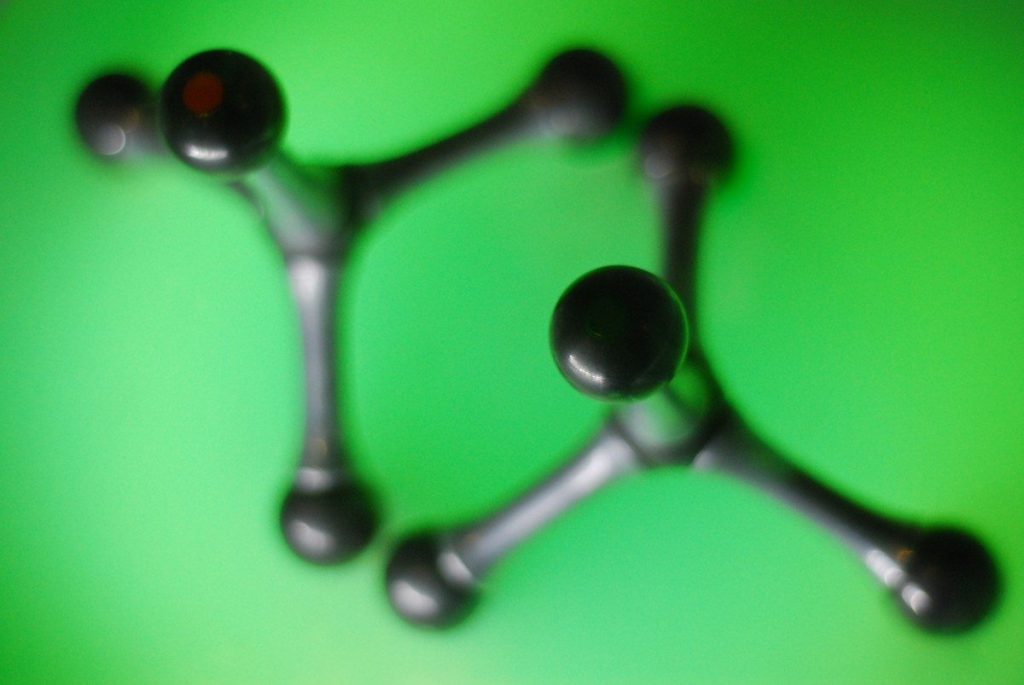
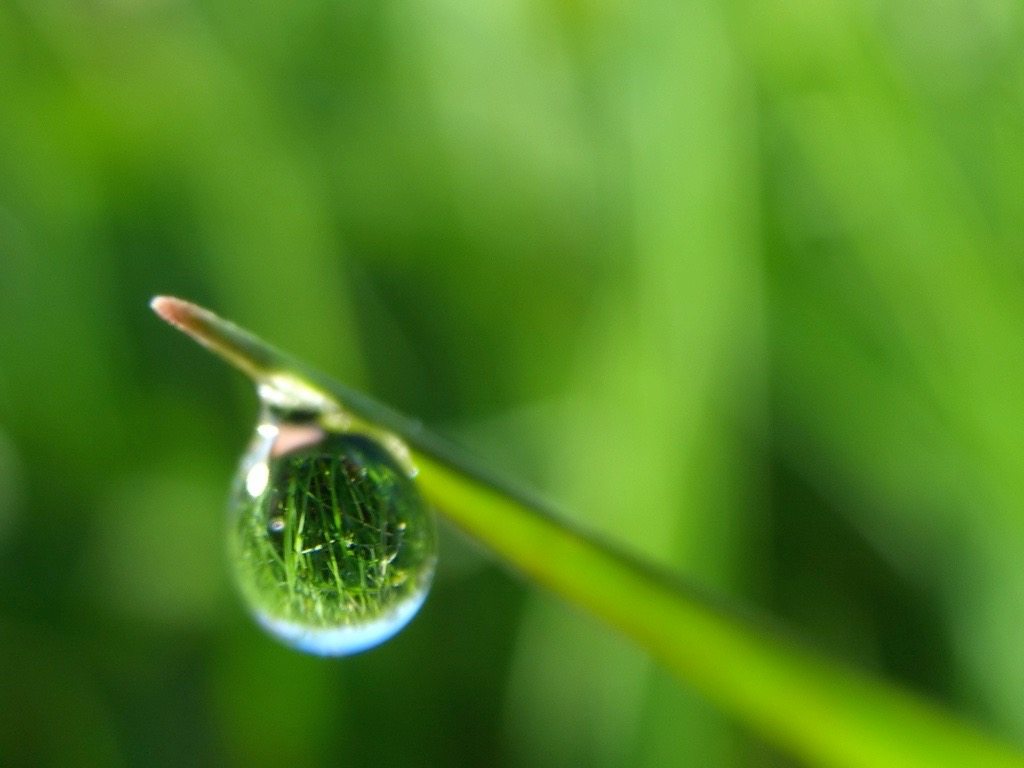
Think about it. We have answers to all the above questions. Just contact and ask us. Besides, there are twelve principles of green chemistry. These are found and detailed on page 30 of the book “Green Chemistry: Theory and Practice” by Paul T. Anastas and John D. Warner (see reference below). These principles are described below with an explanation of what they mean.
Prevention
Preventing waste is better than treating or cleaning it after it is formed. This is self-explanatory. Currently there is a whole industry built on cleaning waste. It is very expensive to treat waste and contain it. The waste has to be monitored even after it has been contained.
Atom Economy
When creating materials it is important to maximize the incorporation of all the materials used into the final product. In other words waste as little material as possible. For example, if the process has 50% atom economy, then half of the materials that are used turn out to be waste. Only half of the materials actually end up as product.
Less Hazardous Synthesis
Processes should be designed to use and generate substances that have little to no toxicity. Plan the process of creating the materials to use substances that are not toxic and to produce substances that are not toxic. This is often easier said than done!
Designing Safer Chemicals
Chemical products should be designed to function well but while reducing toxicity. Reducing toxicity of the products reduces hazards to people and to the environment.
Safer Solvents
Whenever possible avoid the use of additional substances such as solvents and separating agents. When these substances are needed they should be nontoxic substances.
Energy Efficiency
Energy efficiency should be considered when designing and producing a product. The energy requirements should be minimized since they impact the environment and raise cost. When possible, processes should be conducted at room temperature and pressure.
Use Renewable Resources
When possible the feedstock (or material used to make the product) should come from a renewable resources. For example, there is research being done to make chemicals out of products such as corn instead of coal or oil. Also, when choosing a feedstock look at waste from other reactions being made in the lab.
Reduce Derivatives
Derivatives are chemicals which are used to cause a temporary effect in the process. This could be a chemical which protects a certain part of the substance that is later removed or it could be a chemical that causes a temporary change in a property so that a reaction can take place. Using derivatives should be avoided when possible. They do not end up in the final product and only increase waste, etc.
Catalysis
Use selective catalytic reagents over stoichiometric reagents. A catalyst helps a reaction occur with less energy plus it speeds the reaction.
Consider the End
Design for the proper disposal of the item. The product that is made should break down into nontoxic substances after it has been used. This way the product will not remain and buildup in the environment.
Use Real-time Pollution Prevention
Methods need to be further developed to allow real-time monitoring of chemical processes. This includes monitoring while the process is happening, detection and control of the formation of hazardous substances, and monitoring after the substance has been disposed.
Accident Prevention
The substance and the form of the substance (liquid, gas, etc) should be carefully chosen to minimize accidents during the chemical process. Accidents include fire, explosion and accidental release.
You May Also Like

Materials
LITRAX transforms a wide number of organic, mineral and manmade engineered materials and molecules into nano particles and powerful additive solutions for products…
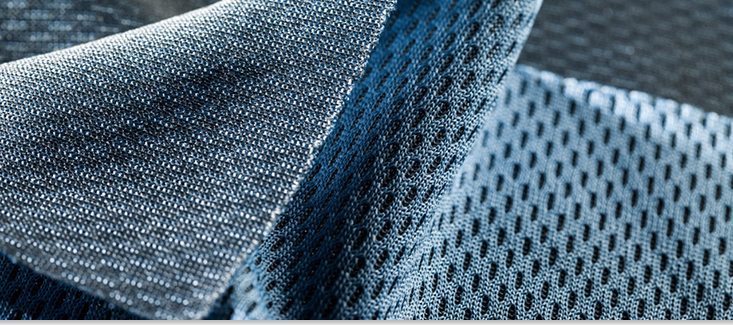
Textile Applications
LITRAX performing masterbatches combine performing additives – made of organic, chemical and mineral substances – with various natural and man-made…

Safer Chemicals
ABOUT SUSTAINABILITY AND THE 12 PRINCIPLES OF GREEN CHEMISTRY
A lot is talked about ecology nowadays. Everyone strives to be in the boat. But what is true ecology?

